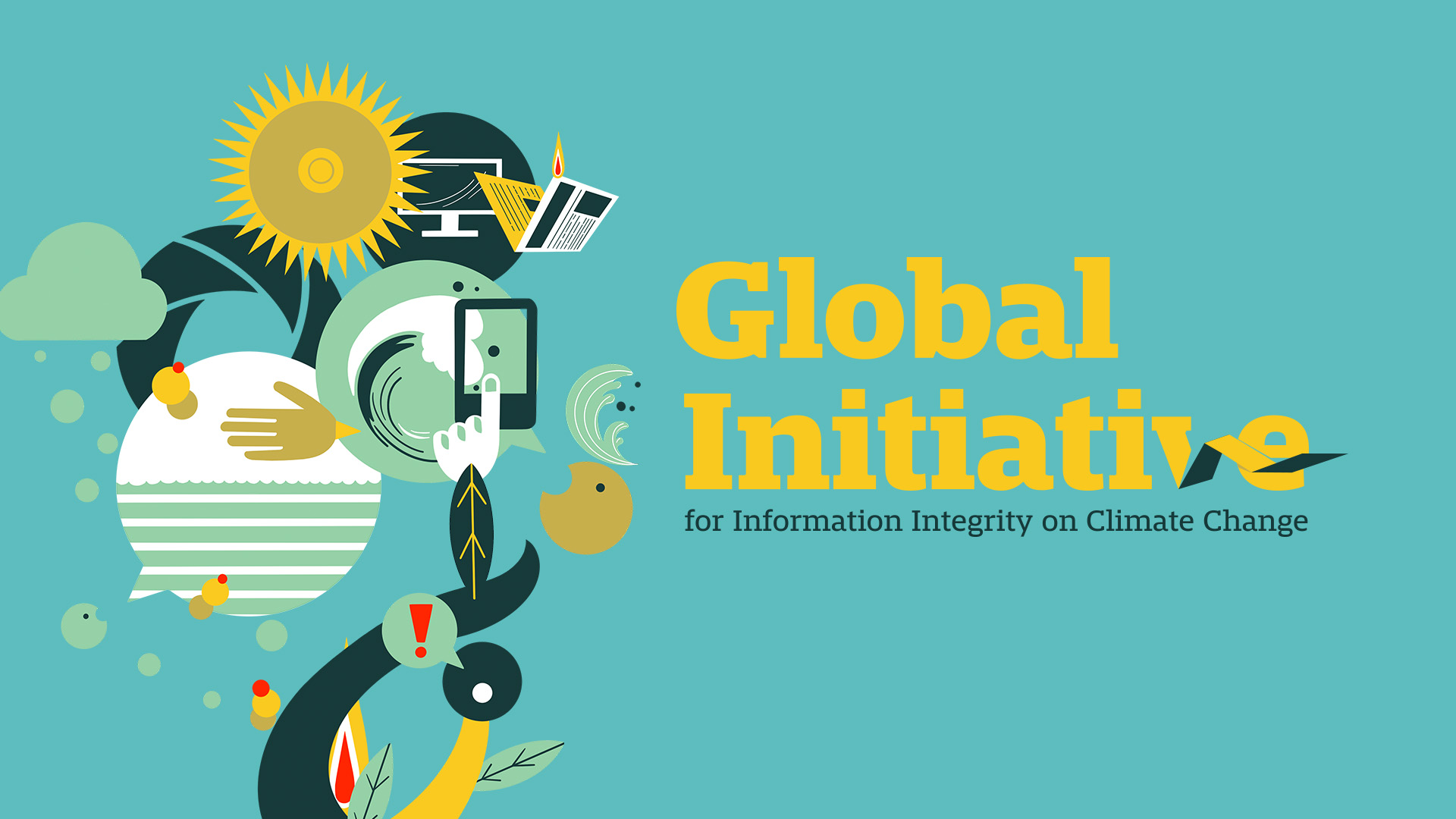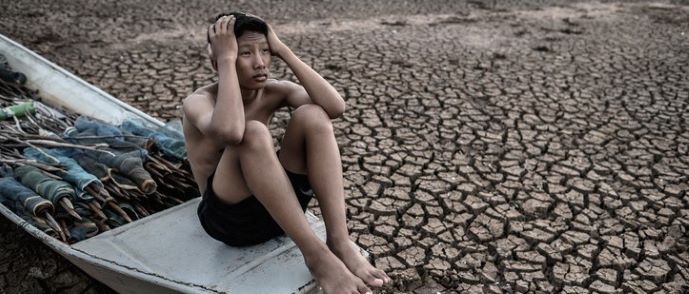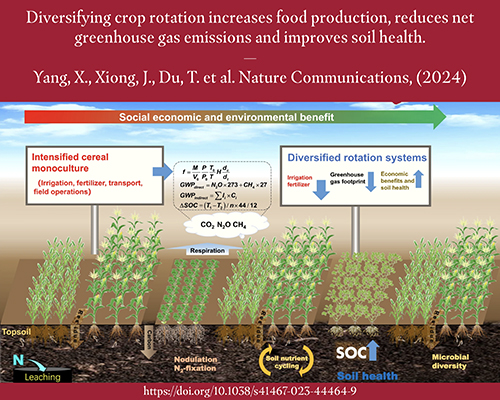
Earth Day: Sustainable Living and Helping the Planet

Introduction
WASHINGTON, D.C. (7News) — Today is Earth Day, a day dedicated to promoting sustainable living and taking action to help the planet. It is important to recognize the significance of this day and understand how our daily choices can contribute to achieving the Sustainable Development Goals (SDGs).
Reducing Carbon Footprint
There are numerous ways to save money while reducing your carbon footprint. By making conscious decisions regarding water usage, electricity consumption, and shopping habits, you can make a positive impact on both the environment and your finances.
- Take shorter showers
- Run your dishwasher or washing machine only when they are full
- Keep your windows or shades open in winter to allow sunlight to warm your home
- Invest in a programmable thermostat
Implementing these practices will help you reduce energy and water consumption.
Energy-Efficient Appliances
Purchasing Energy Star appliances is another effective way to save energy. Additionally, consider reusing items instead of buying new ones.
- Look for eco-friendly programs like ink refill programs
- Eliminate plastic water bottles to prevent plastic waste from entering waterways
- Invest in leak-free reusable water bottles and use tap water
By adopting these eco-friendly habits, you can contribute to a cleaner environment.
Second-Hand Shopping
Shopping second hand is not only budget-friendly but also beneficial for the planet.
“I love buying secondhand and giving secondhand. Secondhand is thankfully very hot right now and it’s fantastic for the environment to give things a second life whether it’s cool clothing or home decor, anything like that you can often find in a big Goodwill or Salvation Army. Reuse clothing, give it a second life and prevent it from going into a landfill,” said Trae Bodge, smart money expert.
Conclusion
By incorporating these simple practices into your daily routine, you can contribute to a sustainable future. These actions not only benefit the planet but also have a positive impact on your wallet. Let us all work together to achieve the Sustainable Development Goals and create a better world for future generations.
SDGs, Targets, and Indicators
| SDGs | Targets | Indicators |
|---|---|---|
| SDG 6: Clean Water and Sanitation | 6.4: By 2030, substantially increase water-use efficiency across all sectors and ensure sustainable withdrawals and supply of freshwater to address water scarcity and substantially reduce the number of people suffering from water scarcity | Indicator 6.4.1: Change in water-use efficiency over time |
| SDG 7: Affordable and Clean Energy | 7.3: By 2030, double the global rate of improvement in energy efficiency | Indicator 7.3.1: Energy intensity measured in terms of primary energy and GDP |
| SDG 12: Responsible Consumption and Production | 12.2: By 2030, achieve the sustainable management and efficient use of natural resources | Indicator 12.2.1: Material footprint, material footprint per capita, and material intensity |
| SDG 13: Climate Action | 13.3: Improve education, awareness-raising, and human and institutional capacity on climate change mitigation, adaptation, impact reduction, and early warning | Indicator 13.3.1: Number of countries that have integrated mitigation, adaptation, impact reduction, and early warning into primary, secondary, and tertiary curricula |
| SDG 14: Life Below Water | 14.1: By 2025, prevent and significantly reduce marine pollution of all kinds, in particular from land-based activities, including marine debris and nutrient pollution | Indicator 14.1.1: Index of coastal eutrophication and floating plastic debris density |
| SDG 15: Life on Land | 15.3: By 2030, combat desertification, restore degraded land and soil, including land affected by desertification, drought, and floods, and strive to achieve a land degradation-neutral world | Indicator 15.3.1: Proportion of land that is degraded over total land area |
1. Which SDGs are addressed or connected to the issues highlighted in the article?
SDG 6: Clean Water and Sanitation
The article mentions the importance of reducing water use and highlights the need to eliminate plastic waste from waterways.
SDG 7: Affordable and Clean Energy
The article suggests using energy-efficient appliances and reducing energy consumption.
SDG 12: Responsible Consumption and Production
The article emphasizes the importance of reusing items, buying secondhand, and reducing waste.
2. What specific targets under those SDGs can be identified based on the article’s content?
Target 6.4: By 2030, substantially increase water-use efficiency across all sectors and ensure sustainable withdrawals and supply of freshwater to address water scarcity and substantially reduce the number of people suffering from water scarcity
The article encourages reducing water use by taking shorter showers, running appliances only when full, and using water-efficient products.
Target 7.3: By 2030, double the global rate of improvement in energy efficiency
The article suggests buying energy-efficient appliances and using programmable thermostats to reduce energy consumption.
Target 12.2: By 2030, achieve the sustainable management and efficient use of natural resources
The article promotes reusing items, buying secondhand, and participating in eco-friendly programs to reduce waste and promote sustainable consumption.
3. Are there any indicators mentioned or implied in the article that can be used to measure progress towards the identified targets?
The article does not explicitly mention any indicators. However, some possible indicators that can be used to measure progress towards the identified targets include:
– Indicator 6.4.1: Change in water-use efficiency over time
– Indicator 7.3.1: Energy intensity measured in terms of primary energy and GDP
– Indicator 12.2.1: Material footprint, material footprint per capita, and material intensity
These indicators can help assess the effectiveness of water and energy conservation efforts, as well as the reduction of waste and resource consumption.
4. SDGs, Targets, and Indicators
| SDGs | Targets | Indicators |
|---|---|---|
| SDG 6: Clean Water and Sanitation | 6.4: By 2030, substantially increase water-use efficiency across all sectors and ensure sustainable withdrawals and supply of freshwater to address water scarcity and substantially reduce the number of people suffering from water scarcity | Indicator 6.4.1: Change in water-use efficiency over time |
| SDG 7: Affordable and Clean Energy | 7.3: By 2030, double the global rate of improvement in energy efficiency | Indicator 7.3.1: Energy intensity measured in terms of primary energy and GDP |
| SDG 12: Responsible Consumption and Production | 12.2: By 2030, achieve the sustainable management and efficient use of natural resources | Indicator 12.2.1: Material footprint, material footprint per capita, and material intensity |
| SDG 13: Climate Action | 13.3: Improve education, awareness-raising, and human and institutional capacity on climate change mitigation, adaptation, impact reduction, and early warning | Indicator 13.3.1: Number of countries that have integrated mitigation, adaptation, impact reduction, and early warning into primary, secondary, and tertiary curricula |
| SDG 14: Life Below Water | 14.1: By 2025, prevent and significantly reduce marine pollution of all kinds, in particular from land-based activities, including marine debris and nutrient pollution | Indicator 14
Behold! This splendid article springs forth from the wellspring of knowledge, shaped by a wondrous proprietary AI technology that delved into a vast ocean of data, illuminating the path towards the Sustainable Development Goals. Remember that all rights are reserved by SDG Investors LLC, empowering us to champion progress together. Source: wjla.com
Join us, as fellow seekers of change, on a transformative journey at https://sdgtalks.ai/welcome, where you can become a member and actively contribute to shaping a brighter future.
|







